Future perfect: Singapore as a smart nation of tomorrow’s world
British innovation lab FutureEverything touches down in Singapore, curating the country's first art and technology festival

If you were in Singapore last week, chances are you may have found yourself in conversation with one of the city’s many landmarks. Perhaps the Merlion asked you what might grow in the gardens of the future (‘the flowers of the past,’ we replied knowingly), or you texted the Esplanade about the last time that you spoke with a stranger.
It may sound like a science fiction plot gone awry but was, in fact, part of a playful project by London-based Pan Studio that brought the city’s street furniture to life. Entitled Hello Lamp Post, it was just one of many interactive urban experiments showcased recently at FutureEverything, a citywide art and technology festival exploring the social impact of digital culture.
As designers, artists and futurists descended on Singapore for the festival – the first of its kind in the city – they were treated to a jam-packed programme that included an innovation lab, citywide art and design installations (including a public sleep laboratory), culminating with a conference at the ArtScience Museum.
It’s been quite a journey for Drew Hemment, the founder and CEO of UK-based FutureEverything. What originally began as a digital culture festival in Manchester in 1995 (‘We had only planned to do one,’ he quips) has since evolved into an innovation agency, supporting a new wave of digital artists, commissioning public works, building infrastructure and even affecting government policy.
‘Curatorially, the driver was always social change surrounding technology,’ explains Hemment. To wit, the second international edition of the festival (following a soujourn in Moscow last year) focuses on a Singaporean notion of the Smart Nation. Similar to a smart city but extended to a countrywide scale, it’s an ambitious concept that the young country is hoping to shape as more than just a government concept.
‘We bring design to different places,’ says Hemment about the first concerted effort to introduce bottom-up culture to Singapore. It’s not that Asia lacks creative fuel by any means – a reputation perpetuated by its opaque governments and a perceived sense of censorship – but more that its artists and makers are in need of a creative platform to reach a global audience.
FutureEverything’s inaugural Asia edition forges a new path, and carefully bridges Europe’s creative flair with the East’s technical prowess. The festival came to a climax with a daylong conference, themed Signals of Tomorrow, which brought together an interesting panel of local and international speakers.
Technology critic Sara Watson kicked off the proceedings with a dystopian but not entirely implausible anecdote of a fictional network of interconnected smart objects gone rogue (think a misdiagnosed pregnancy by her smart fridge). Alexandra Deschamps-Sonsino, meanwhile, challenged how many times product designers could solve the problem of chairs; Scott Smith emptied his pockets to imagine the wallet of the future (complete with a modified Oyster card); and futurist Aaron Maniam spoke of the democratisation of information through technology.
The festival concluded with a showcase of the Signals of Tomorrow Innovation Lab, which saw art, design, and technology practices contemplate what the future for a Smart Nation would hold. The resulting prototypes from the four-day workshop were exhibited at the ArtScience Museum, and the winning project by Daniel Hirschmann is to receive further funding ahead of the next FutureEverything outing in February next year.
Hemment and his motley crew of digital movers and shakers have cast a large stone into unchartered waters; only time will tell how far the ripples will travel.
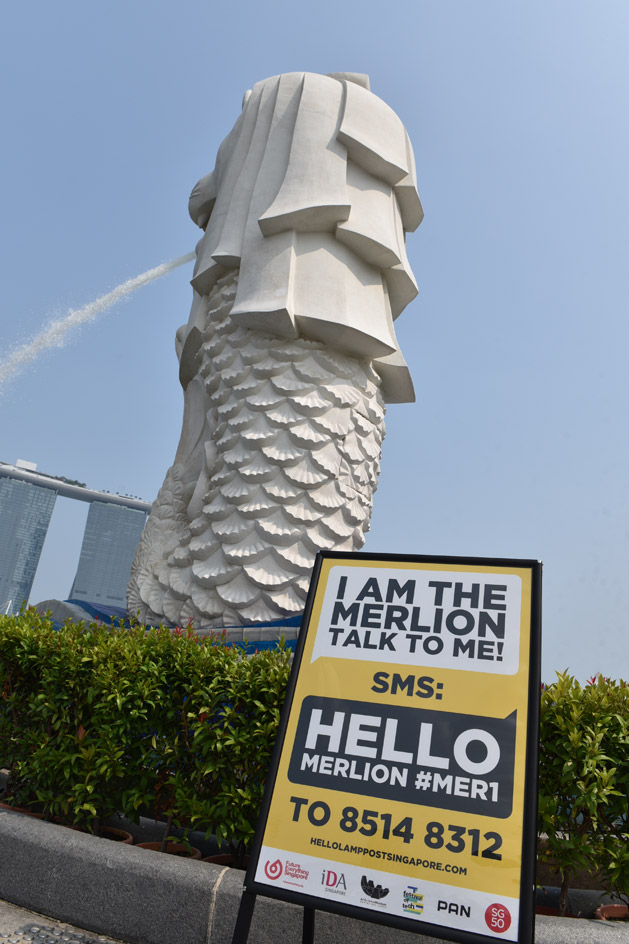
London-based Pan Studio brought Singapore’s street furniture to life last week, as part of innovation and festival lab FutureEverything’s first major outing in Asia. Courtesy of FutureEverything.
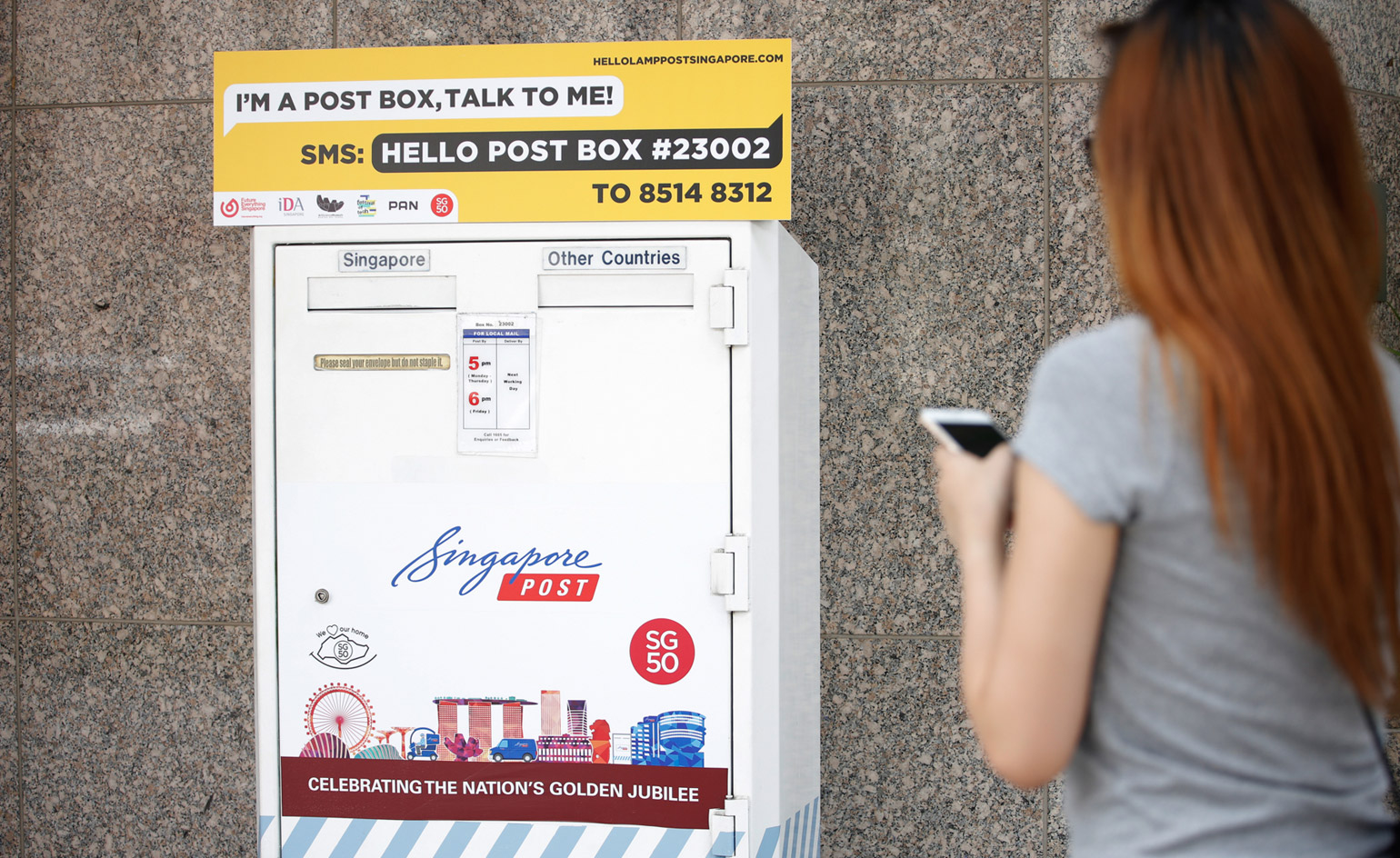
Hello Lamp Post turns the city into a playable arena, inviting its inhabitants to communicate and carry on conversations via text. courtesy FutureEverything. Courtesy of FutureEverything.
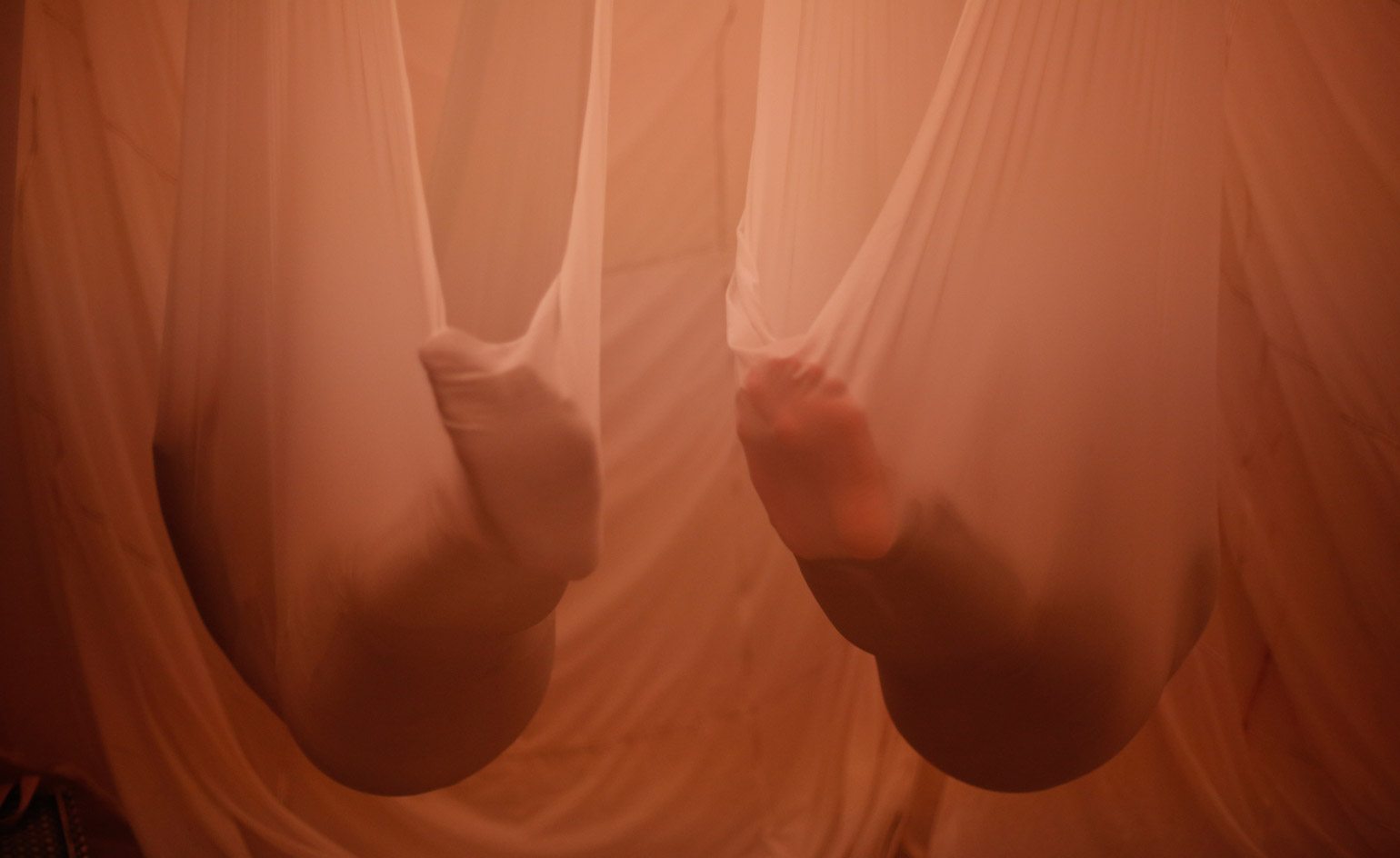
Meanwhile, Loop.pH presented a public sleep laboratory at The Cathay. Courtesy of FutureEverything.
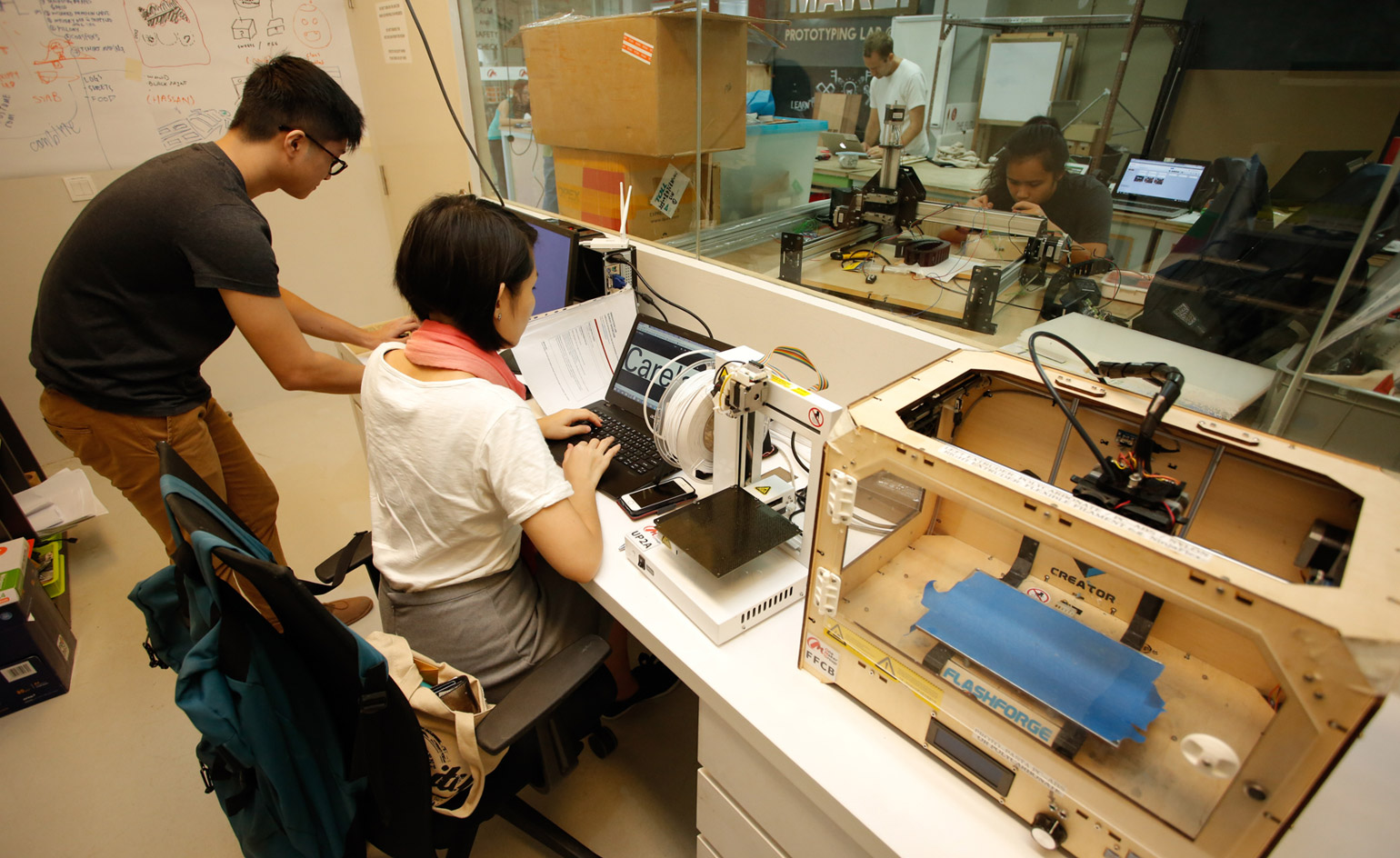
The festival concluded with a showcase of the Signals of Tomorrow Innovation Lab, which saw art, design, and technology practices devise imagine what the future for a Smart Nation would hold. Courtesy of FutureEverything.
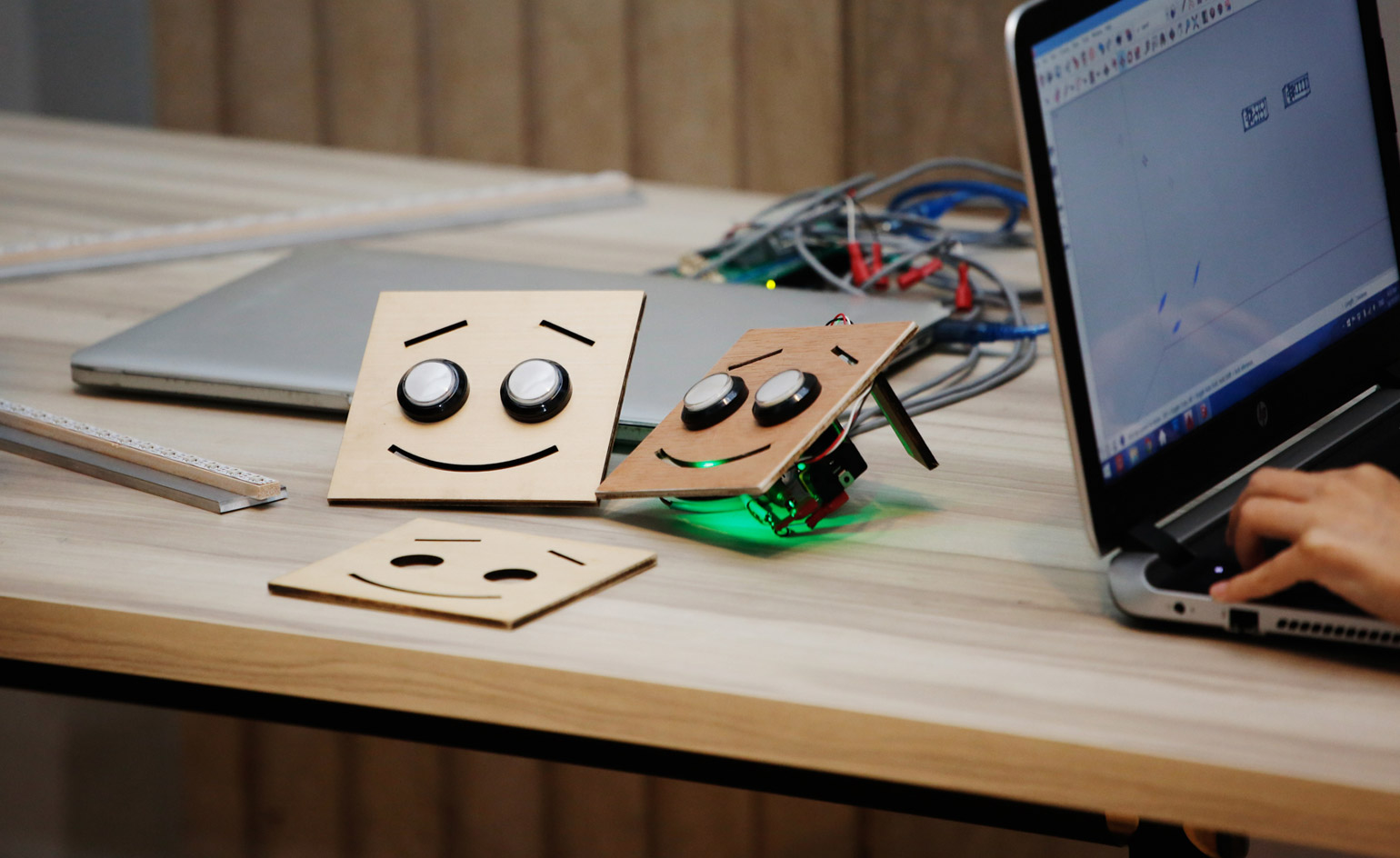
The resulting prototypes from the four-day workshop were exhibited at the ArtScience Museum, and the winning project by Daniel Hirschmann (prototype pictured) is to receive further funding ahead of the next FutureEverything outing in February next year. Courtesy of FutureEverything.
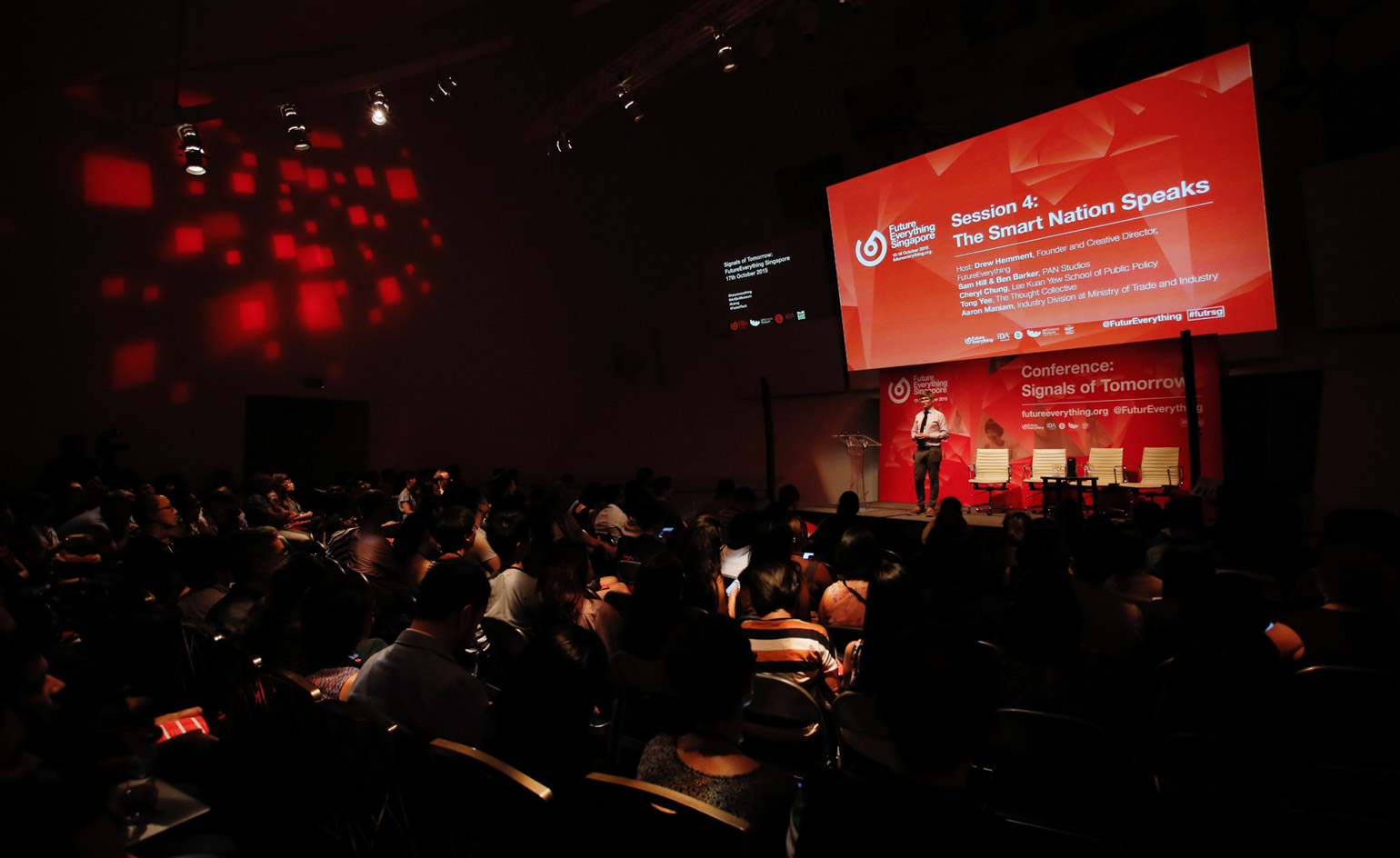
The festival came to a climax with a daylong conference, themed Signals of Tomorrow, that brought together an interesting panel of local and international speakers. FutureEverything CEO and founder Drew Hemment (pictured) closed the conference. Courtesy of FutureEverything.
INFORMATION
FutureEverything Singapore ran from 10 until 18 October 2015. The next edition of FutureEverything will take place in Manchester in February 2016
Wallpaper* Newsletter
Receive our daily digest of inspiration, escapism and design stories from around the world direct to your inbox.
-
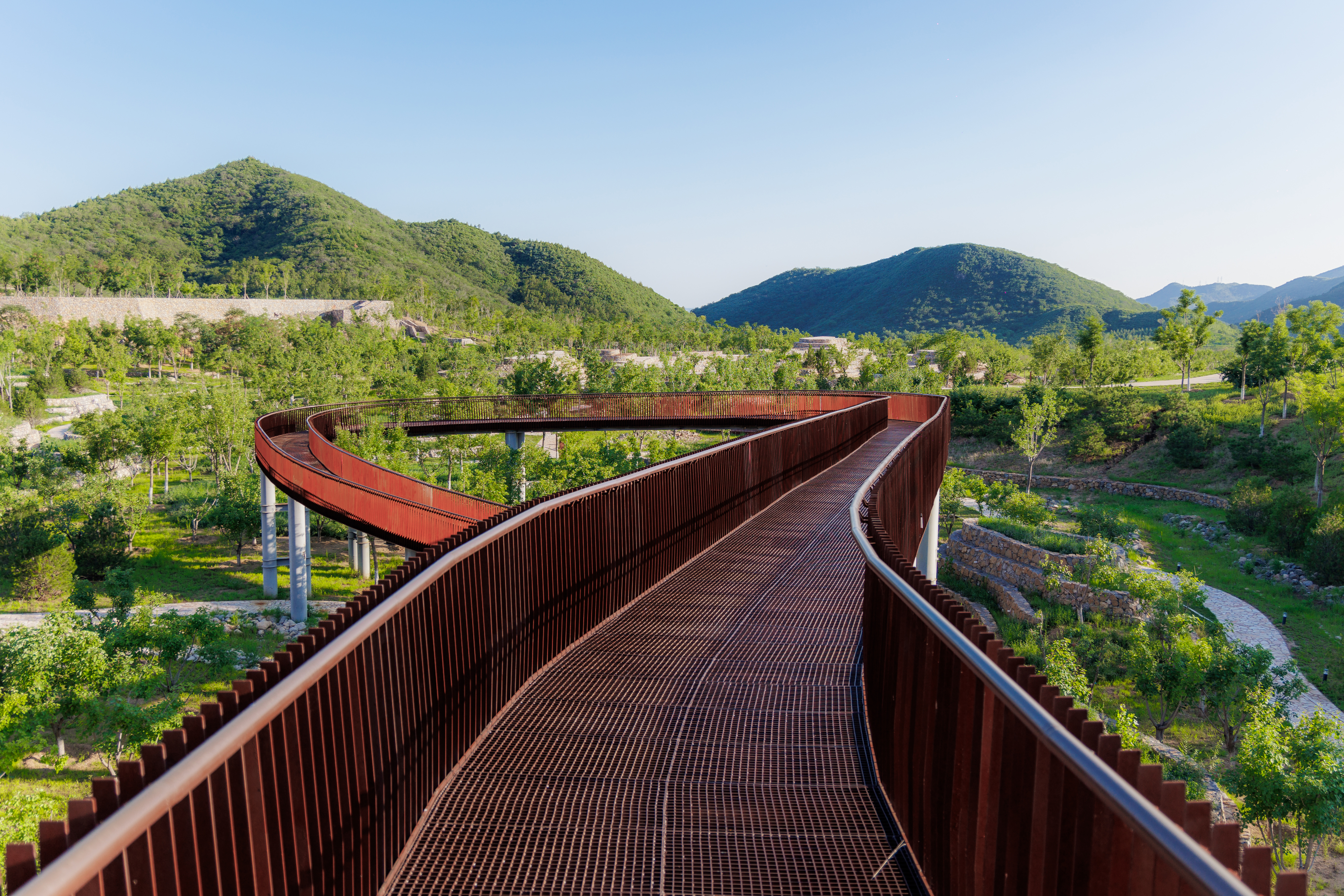 A Xingfa cement factory’s reimagining breathes new life into an abandoned industrial site
A Xingfa cement factory’s reimagining breathes new life into an abandoned industrial siteWe tour the Xingfa cement factory in China, where a redesign by landscape specialist SWA Group completely transforms an old industrial site into a lush park
By Daven Wu
-
 Put these emerging artists on your radar
Put these emerging artists on your radarThis crop of six new talents is poised to shake up the art world. Get to know them now
By Tianna Williams
-
 Dining at Pyrá feels like a Mediterranean kiss on both cheeks
Dining at Pyrá feels like a Mediterranean kiss on both cheeksDesigned by House of Dré, this Lonsdale Road addition dishes up an enticing fusion of Greek and Spanish cooking
By Sofia de la Cruz